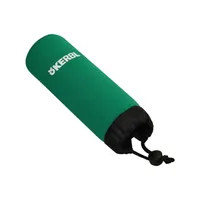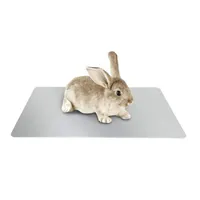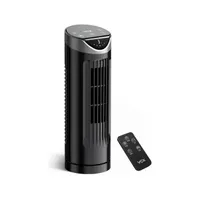4 vet-verified ways to keep your rabbit cool this summer
Our vet shares her top tips for keeping ar rabbit cool in hot weather
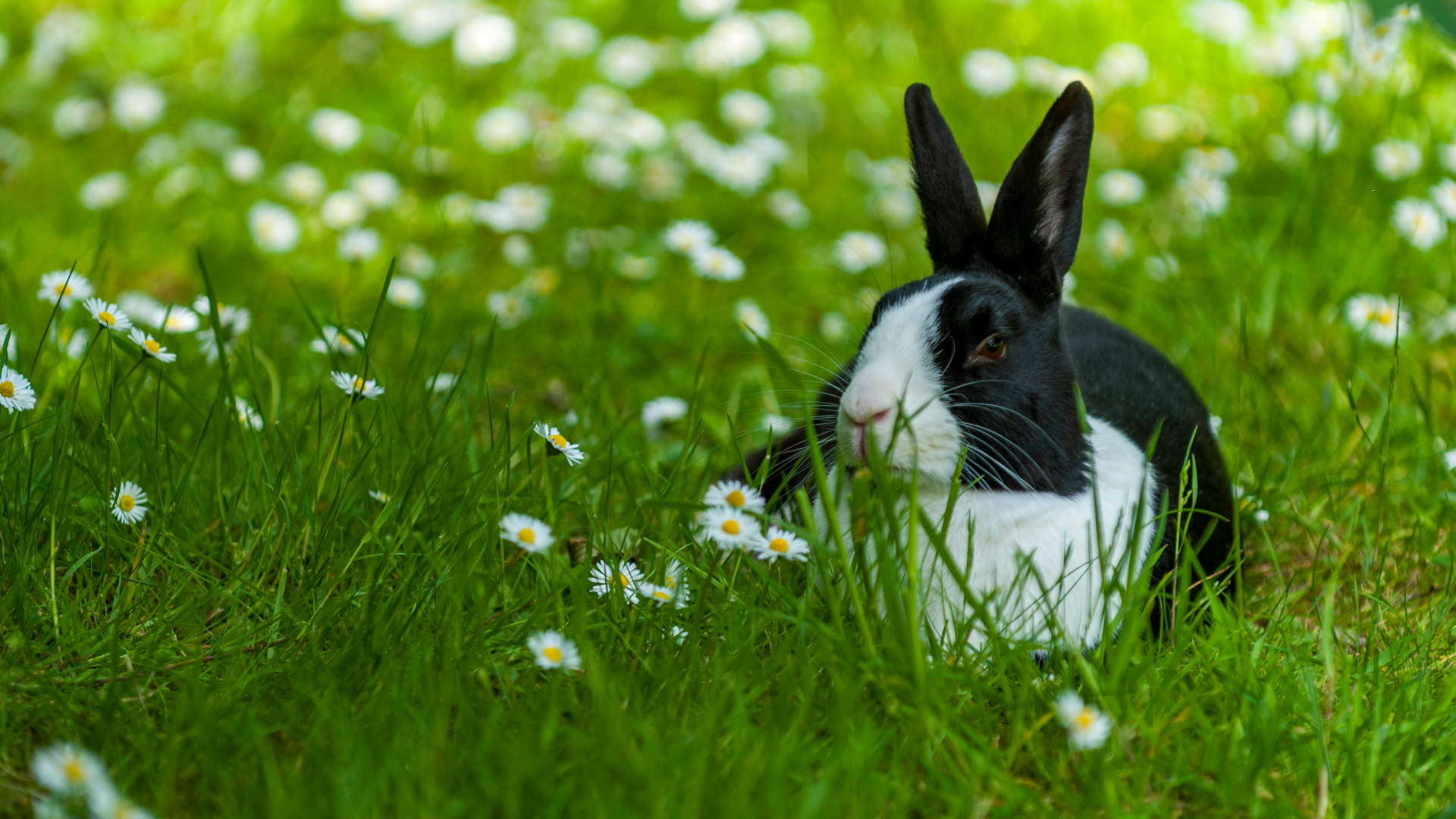
Rabbits can die from heatstroke, so it’s crucial that you know how to keep your bunny cool when the weather gets warmer. Since they are unable to sweat to regulate their body temperature, it’s particularly important to give them a helping hand.
Your rabbit’s environment shouldn’t exceed 77°F (25°C), and if it’s too hot, you might notice them breathe more rapidly, drink more than usual, pant, or have warmer ears. As well as keeping them cool, you’ll need to check their bottom multiple times throughout the day during the summer to ensure they don’t have flystrike, a parasitic condition where flies lay their eggs on another animal.
Keeping them well hydrated and out of direct sunlight is top of the list, but there are a few other ways you can help, which vet Dr Rebecca MacMillan has explained below. She’s a qualified vet with 16 years of experience working with small animals, and she’s here to help you keep your rabbit safe this summer.
How to keep a rabbit cool in summer
1. Hydration
Provide your rabbit with plenty of cool water to keep them hydrated. While it’s easier for them to drink from a bowl, Dr MacMillan recommends using an additional drinking bottle if they’re prone to knocking it over! To ensure their drinking bottle stays cold, you can buy an insulating cover that slips over the top.
Kerbl Thermal Protective Cover for Water Bottles | Amazon
This thermal cover slides over the top of your rabbit’s bottle, keeping it as cool as possible in hot weather. It has a neck string for optimal insulation and can be used in both winter and summer.
2. A ceramic or slate tile
One of the easiest ways to keep your rabbit cool is by giving them a ceramic or slate tile to lie on. If you don’t have any around the house, you can buy tiles specifically made for rabbits to put in their living area – or invest in one of the best pet cooling mats (which needs to be checked regularly for chewing damage).
Alternatively, if you’re on a budget, Dr MacMillan also recommends a damp towel to sit on or a partially frozen bottle of water wrapped in a towel.
Note: Never cover your rabbit in a damp towel or cloth.
Get the best advice, tips and top tech for your beloved Pets
Rabbit Cooling Pad | Amazon
Made from cooling aluminum that dissipates heat, this pad is a summer essential for every rabbit owner. It has smooth edges to keep your bunny safe and can be quickly wiped clean with a damp cloth.
3. Electric fan
Just like us, rabbits will also appreciate a refreshing breeze from an electric fan – and you can even buy ones that attach to their cage or hutch! If you do opt for these, make sure you check them regularly for damage, advises Dr MacMillan.
If you don't have time to keep an eye on it, you can always place a tower fan next to their enclosure, which they won't be able to nibble on.
Tower Fan | Amazon
This budget-friendly tower fan costs under $50 and offers nine different speeds to suit your rabbit's preference. With a 90-degree wide-angle spin and a remote control option, we highly recommend placing it outside your bunny's cage.
4. Regular grooming
Did you know that regular grooming can help your rabbit feel cooler and more comfortable in the summer? While you should brush your rabbit year-round, it becomes even more important in hot weather, as it helps remove excess dead fur.
Dr MacMillan adds: "You should be checking your rabbit twice a day for flystrike during warm weather anyway so you can add a little extra brushing in while you are at it."
Small Pet Select HairBuster Comb | Amazon
Voted the best rabbit brush in our buying guide, this comb helps remove excess fur down to the undercoat while massaging the skin to distribute healthy oils.
Signs of heatstroke in rabbits
Heatstroke can occur when your rabbit is exposed to high temperatures and can lead to seizures, organ damage, and even death. If they show any of the following signs, take them to a vet immediately:
- Weakness
- Panting
- Drooling
- Hot or red ears
- Collapsing
- Seizure
For more advice, read our tips for taking care of rabbits
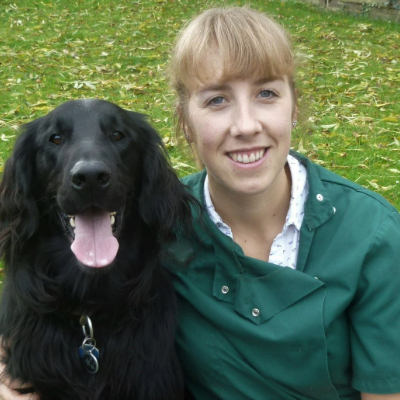
Rebecca is a veterinary surgeon who graduated in 2009 from the Royal Veterinary College in London. She has a wealth of experience in first opinion small animal practice, having done a mixture of day-to-day routine work, on-call emergency duties, and managerial roles over the years. Rebecca enjoys medicine in particular, and she is proud to have recently achieved a BSAVA postgraduate certificate in small animal medicine (with commendation).
She writes on various feline and canine topics, including behavior, nutrition, and health. Outside of work and writing, she enjoys walking her own dog, spending time with her young family, and baking!
Edited by Georgia Guerin and Alexis De Leaver.
This page was last updated in July 2025 by Megan Milstead.

Megan is a Staff Writer at PetsRadar, covering features, reviews, deals, and buying guides. She has a wealth of experience caring for animals, having grown up with dogs, cats, horses, guinea pigs, and more throughout her life. She studied BA Journalism at the University of Westminster, where she specialized in lifestyle journalism and was editor of Smoke Radio’s lifestyle website. Megan works alongside qualified vets and accredited trainers to ensure you get the best advice possible. She is passionate about finding accurate and helpful answers to your pet-related questions.
